#elizabeth de burgh icons
Explore tagged Tumblr posts
Text
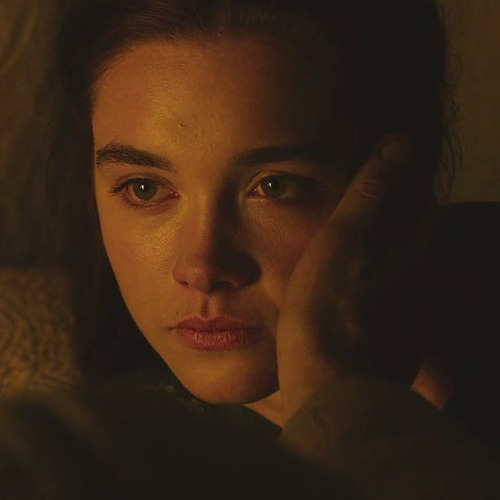

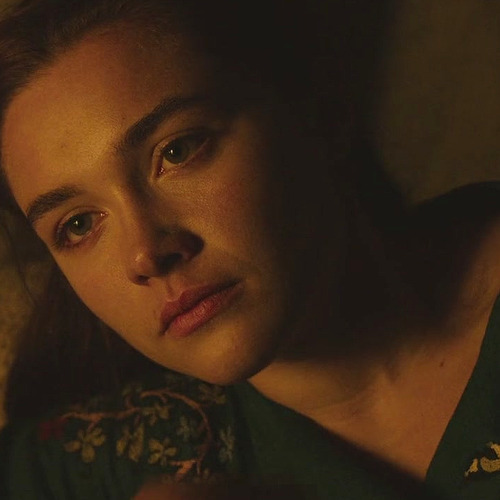
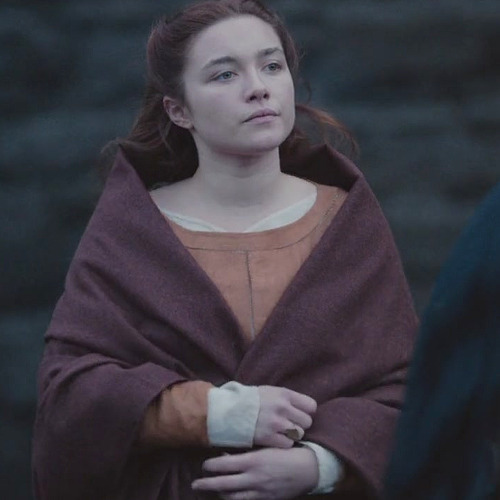
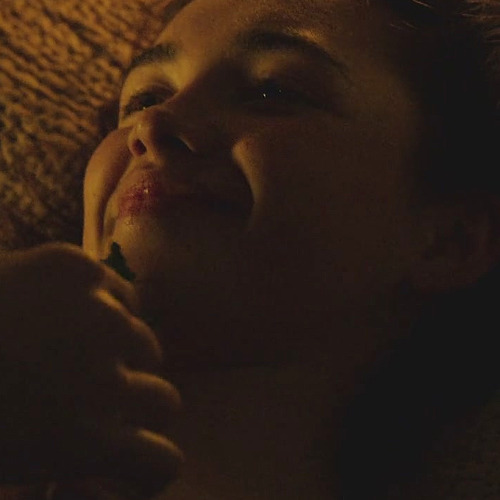




elizabeth de burgh icons
like/reblog if you save
credit gagalacrax on twitter if you use
give credits if you repost, please
follow us for more
#florence pugh#florence pugh icons#elizabeth de burgh#elizabeth de burgh icons#psd icons#icons with psd#actress#actress icons#movie#movie icons#outlaw king#outlaw king icons#outlaw king (2018)#outlaw king (2018) icons#outlawking#wonderwoman#chrispine#florencepugh#scotland#dontworrydarling#midsommar#startrek#fightingwithmyfamily#littlewomen#amymarch#thefalling#robertthebruce#blackwidow#yelenabelova#stirling
118 notes
·
View notes
Text








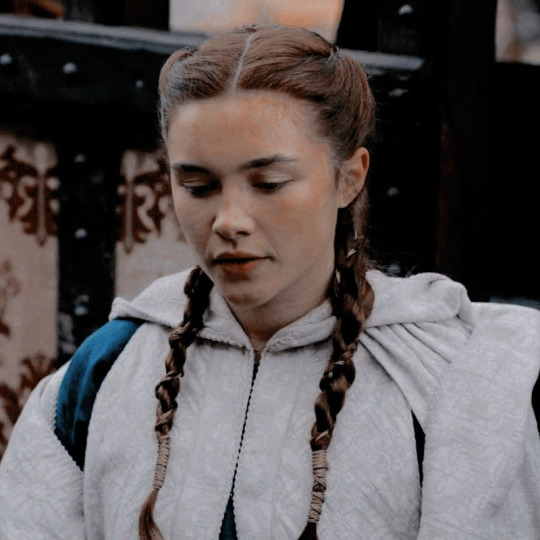
#florence pugh#florence pugh icons#outlaw king#outlaw king icons#psd icons#icons with psd#actress#actress icons#movie#movie icons#elizabeth de burgh icons
16 notes
·
View notes
Photo






Florence Pugh as Katherine (Lady Macbeth) and as Elizabeth de Burgh (Outlaw King)
#florence pugh#fpughedit#florencepughedit#lady macbeth#outlaw king#elizabeth de burgh#XIX#moyen-age#Middle Ages#icons#icons historiques#icons 200x200#florence pugh icons
33 notes
·
View notes
Photo






Icons of Florence Pugh as Elizabeth de Burgh in Outlaw King (x6)
#florence pugh#elizabeth de burgh#outlaw king#icons#200x200#perioddramaedit#echodesplaines#100disorders#y: 2019
41 notes
·
View notes
Text

i’ve made #316 static, 100x100 base icons of florence pugh in her roles as angela in malevolent (216 icons) and elizabeth de burgh in outlaw king (99 icons). i was a little limited by the lighting in both films, so please forgive any scenes that were left out, particularly in regards to the second one. no credit is required to use them, but liking this post lets me know they were useful to you! you may edit them however you wish, but please do not repost them. thank you.
if the link is broken at any time, you can shoot me an ask and i’ll get updated link to you (and fix the post!)
28 notes
·
View notes
Text
Little Women 2019 Cast & Character Guide | Screen Rant

Who's in the Little Women 2019 cast and where have you seen them before? Based on Louisa May Alcott’s groundbreaking novel of the same name, Greta Gerwig’s big-screen adaptation was co-written with Sarah Polley.
The original Little Women novel takes place in the 1860s, during the aftermath of the American Civil War. Focused on the March family, the coming-of-age narrative explores how the central female protagonists evolve from “little women” into mature women, along with all the obstacles they face during the 19th century New England setting. Gerwig’s Little Women is the eighth feature film adaptation since 1917, with the latest released just last year.
Related: Film Festival 2019 Preview: 12 Biggest Movies With Oscar Chances
In 2017, Gerwig’s debut directorial feature, Lady Bird, earned five Academy Award nominations, and won two Golden Globe awards. With a Christmas Day 2019 release date, Little Women is well-positioned to similarly gain plenty of attention during awards season, not least for the impressive array of talent involved. Here’s the cast that Gerwig's assembled for Little Women.
Saoirse Ronan As Jo March

In stark contrast to Meg, Saoirse Roman’s Little Women character prioritizes her independence. Jo is the second-oldest March daughter, and often clashes with other characters because of her temper. In the novel, Jo moves to New York City to work as a writer.
Ronan’s character in Lady Bird is based on Gerwig’s real-life experiences. Similarly, Ronan’s Little Women character is based on Alcott herself. Like the aforementioned Watson, Ronan - an Irish actress - began her film career as an adolescent, delivering standout performances in both Atonement and The Lovely Bones. Ronan earned her first Best Actress Oscar nomination for Brooklyn, and received her second nod for Lady Bird. Ronan played the title role in 2018 historical drama Mary Queen of Scots.
Emma Watson As Meg March

Emma Watson replaced Emma Stone in Little Women, and she portrays the oldest March daughter, a young woman who follows societal trends rather than fully pursuing her independence. In the novel, Meg has conflict with Laurie, and ultimately marries his tutor, John Brooke.
Related: Oscars 2020: Best Actress Predictions
From 2001 to 2011, Emma Watson starred as Hermione Granger in the Harry Potter movie franchise. In 2014, she earned an English literature degree from the Ivy League institution Brown University, and starred as Belle in the 2017 Disney adaptation Beauty and the Beast.
Florence Pugh As Amy Curtis March

Florence Pugh stars in Little Women as the youngest March sibling, Amy, a young female artist. Amy isn’t necessarily liked by all, but she’s respected for being a hard worker. In the novel, the character meets Laurie during a European trip.
Pugh, an English actress, starred as Dani Ardor in Ari Aster’s 2019 film Midsommar. She previously delivered a breakthrough performance in Lady Macbeth (2016), and portrayed Elizabeth de Burgh in Netflix’s 2018 historical feature Outlaw King. In 2018, Pugh starred in the critically-acclaimed miniseries The Little Drummer Girl. She’ll soon make her MCU debut, portraying Yelena Belova in Black Widow.
Eliza Scanlen As Beth March

Known for her gentle and endearing demeanor, Eliza Scanlen’s Little Women character also has one of the most tragic character arcs.
Related: Little Women: 10 Things We Need To See In Greta Gerwig's New Adaptation
An Australian actress, Scanlen delivered a breakthrough performance in the 2018 HBO limited series Sharp Objects, portraying the conniving Amma Crellin. Scanlen made her feature debut in the 2019 drama Babyteeth, and will be part of the all-star cast for the 2020 film The Devil All the Time starring Tom Holland, Robert Pattinson, and Sebastian Stan.
Timothée Chalamet As Theodore "Laurie" Laurence

Timothée Chalamet stars as the archetypal boy-next-door character in Little Women; a privileged individual who falls for Amy March. In the novel, Laurie was essentially raised by his grandfather. The character’s comfortable lifestyle contrasts with the March family dynamics.
In cinema, Chalamet first appeared in Jason Reitman’s Men, Women & Children and Christopher Nolan’s Interstellar. He’s best known for portraying Elio Perlman in the 2017 drama Call Me by Your Name, in which his character travels to Italy and falls in love with an older man. Chalamet headlines Netflix’s 2019 Shakespeare adaptation The King, starring as King Henry V.
Meryl Streep As Aunt Josephine March

Much like Meg March, Meryl Streep’s Little Women character enjoys the finer things in life. Incidentally, Aunt March can often seem dismissive towards her relatives.
Related: Meryl Streep's Role In Mamma Mia 2 Is Kind Of Genius
Streep is a true cinema icon. As of 2019, she’s received more Oscar nominations than anybody in film history. Like her Little Women co-star Watson, she graduated from an Ivy League school, Yale University. Streep earned her first Oscar nod for the 1979 Vietnam-themed film The Deer Hunter, and recently earned similar accolades for Florence Foster Jenkins (2017) and The Post (2018). In 2019, Streep portrayed Mary Louise Wright in HBO’s Big Little Lies season 2.
Laura Dern As Marmee March

As Little Women’s primary matriarchal figure, Laura Dern’s character guides the March children through life’s trials and tribulations.
Dern is the daughter of actor Bruce Dern, who recently portrayed George Spahn in Quentin Tarantino’s Once Upon a Time in Hollywood. Her mother is actress Diane Ladd, who famously starred in Martin Scorsese’s 1974 film Alice Doesn't Live Here Anymore. Dern has frequently collaborated with filmmaker David Lynch over the years, starring in Blue Velvet, Wild at Heart, Inland Empire, and Twin Peaks. She portrays Renata Klein on HBO’s Big Little Lies.
Bob Odenkirk As Robert March

Bob Odenkirk appears in Little Women as Marmee’s husband. In the novel, Robert is wounded during the Civil War, and gives away much of the family’s money to friends in need.
Related: Bob Odenkirk Almost Played Michael In The Office
On Breaking Bad, Odenkirk starred as the sketchy lawyer Saul Goodman. He reprised the role for the spinoff series Better Caul Saul, for which he’s been nominated for three consecutive Golden Globe Awards for Best Actor – Television Series Drama. Odenkirk previously wrote for Saturday Night Live, and also for many other comedic productions over the years. Odenkirk made his feature film debut as “Concert Nerd” in the 1993 classic Wayne’s World. In 2019, he portrayed President Chambers in Long Shot.
James Norton As John Brooke

In Little Women, English actor James Norton portrays a character based on Alcott’s real-life brother-in-law. In the novel, John falls in love with Meg, but Aunt Josephine picks up a bad vibe.
Norton is best known for his starring roles in the TV series Happy Valley and McMafia. He also portrayed Ryan in the Black Mirror season 3 episode “Nosedive.” On the big screen, he starred as the title character in the 2019 drama Mr. Jones. Norton made his film debut in the 2009 coming-of-age drama An Education.
Louis Garrel As Friedrich Bhaer

Louis Garrel plays the love interest of Ronan’s Jo March in Little Women. After re-locating to New York City from Germany, Friedrich Bhaer works as an academic and pushes Jo to pursue her creative interests.
Related: Oscars 2020: Best Picture Predictions
Garrel is the son of famous French director Philippe Garrel and actress-filmmaker Brigitte Sy. He’s accumulated an impressive resume during the 21st century, starring in notable films like The Dreamers, A Burning Hot Summer, and Redoubtable - in which he stars as the French New Wave icon Jean-Luc Godard.
Next: 2019 Fall Movie Preview: The 30 Films to See
source https://screenrant.com/little-women-movie-2019-cast-character-guide/
0 notes
Text
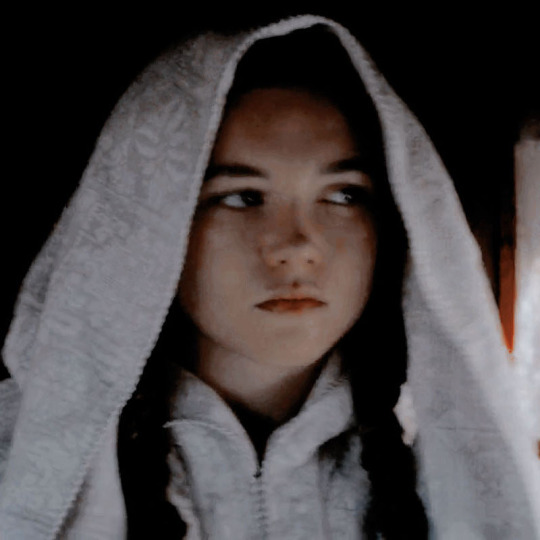
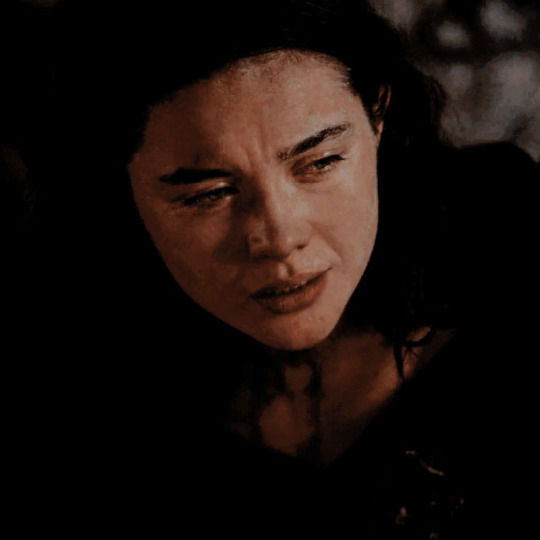







#florence pugh#florence pugh icons#elizabeth de burgh#elizabeth de burgh icons#outlaw king#outlaw king icons#psd icons#icons with psd#actress#actress icons#movie#movie icons
22 notes
·
View notes
Text









#florence pugh#florence pugh icons#elizabeth de burgh#elizabeth de burgh icons#psd icons#icons with psd#actress#actress icons#movie#movie icons#outlaw king#outlaw king icons
32 notes
·
View notes
Text



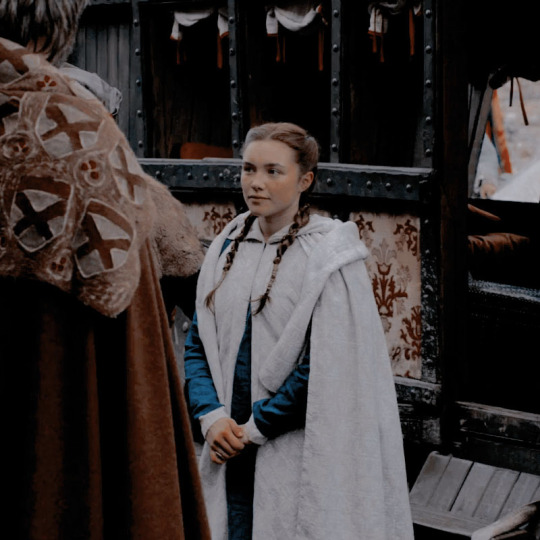





#florence pugh#florence pugh icons#elizabeth de burgh#elizabeth de burgh icons#psd icons#icons with psd#actress#actress icons#movie#movie icons#outlaw king (2018)#outlaw king (2018) icons
22 notes
·
View notes
Note
oiee, poderia fazer icons da florence pugh como elizabeth de burgh em outlaw king pf? eu ia agradecer dms <3
feito!!
2 notes
·
View notes